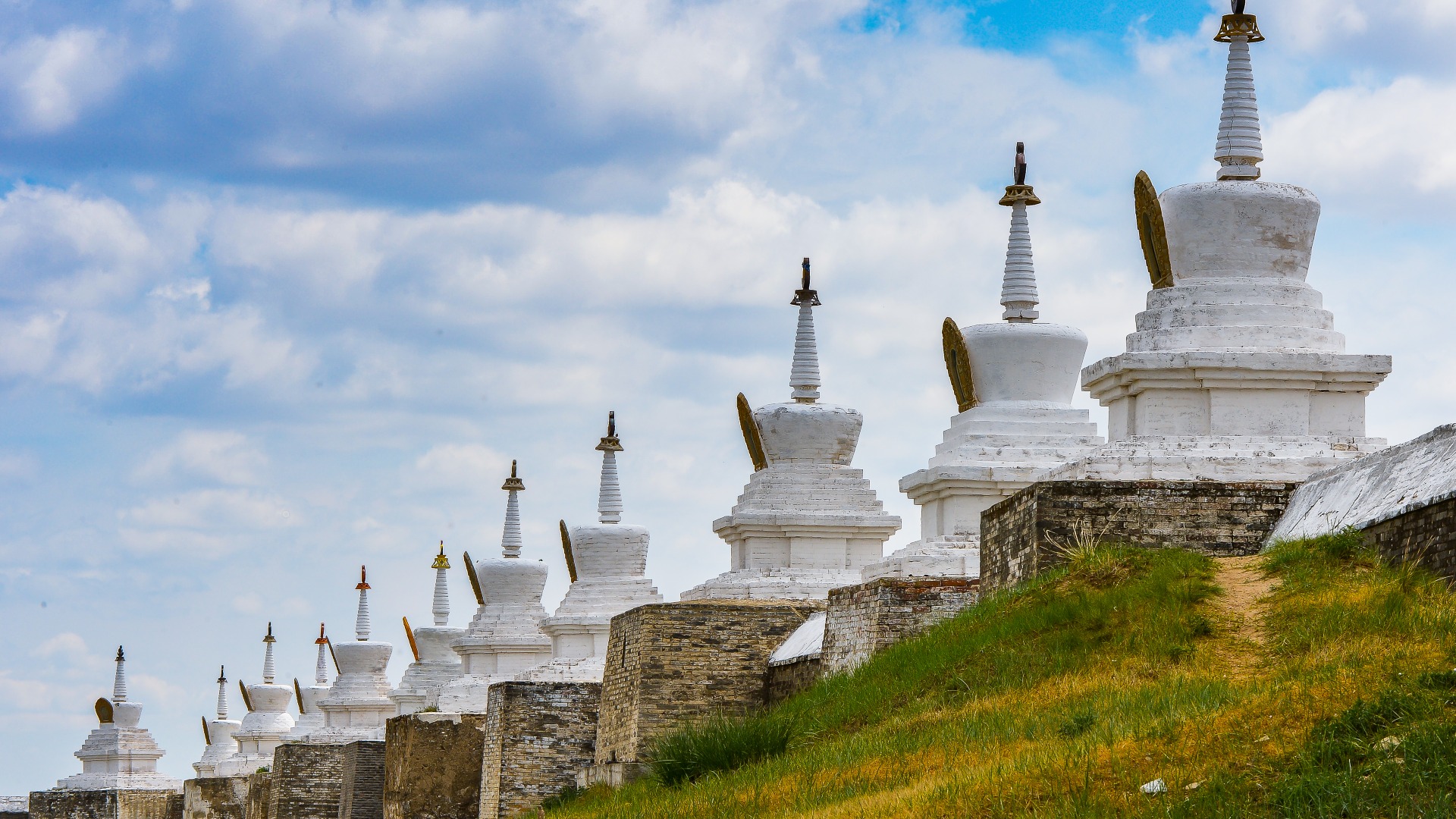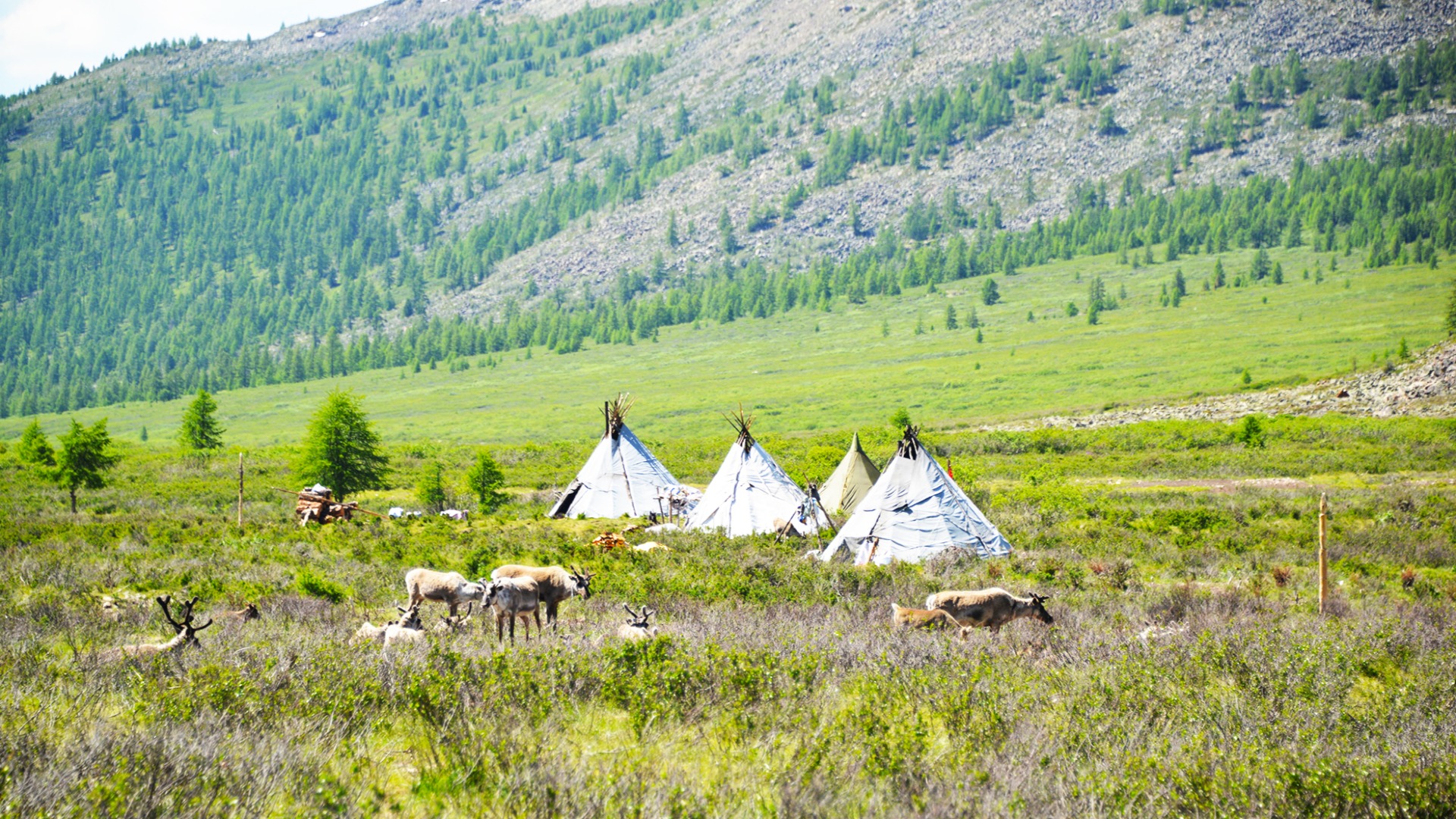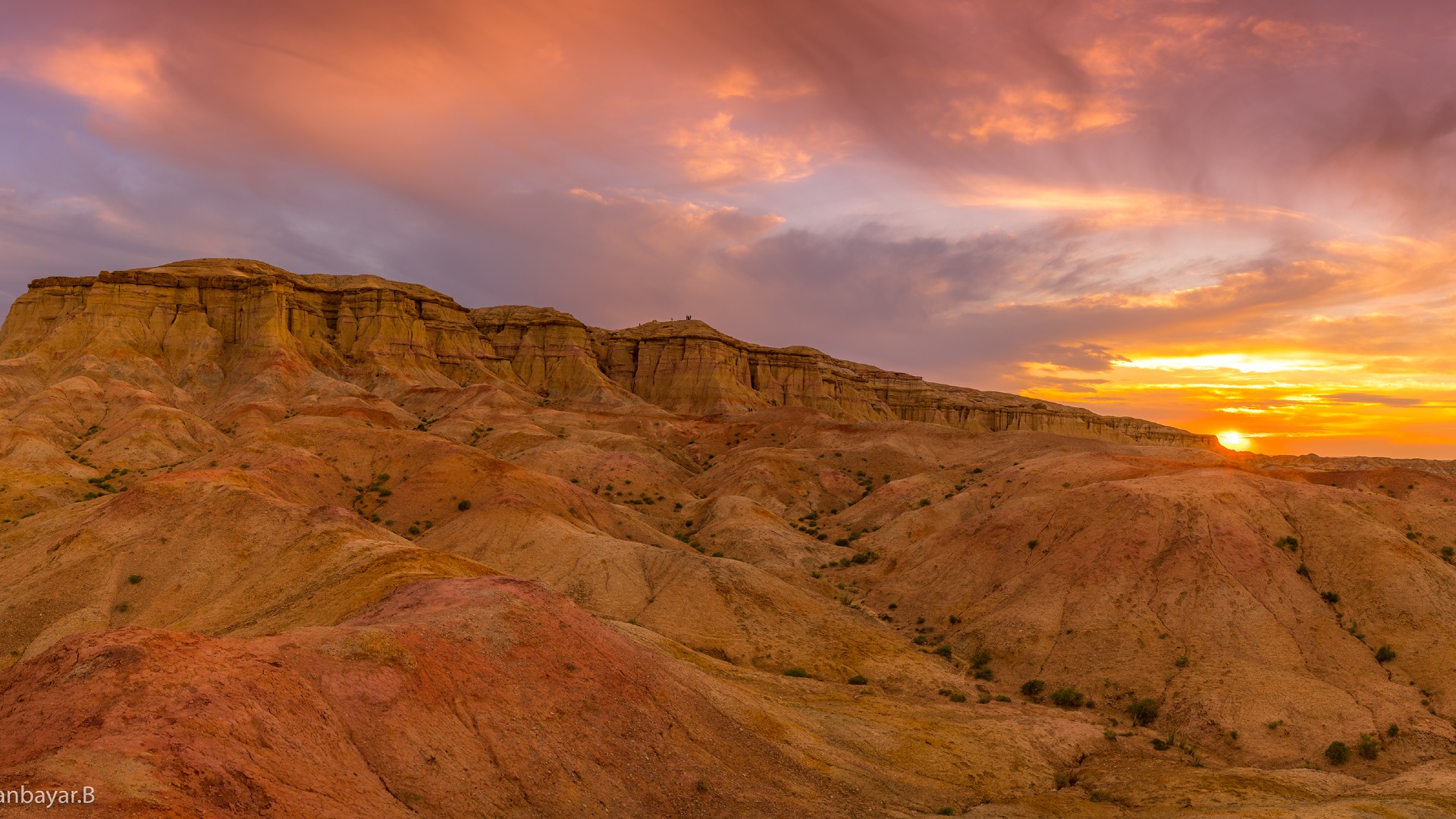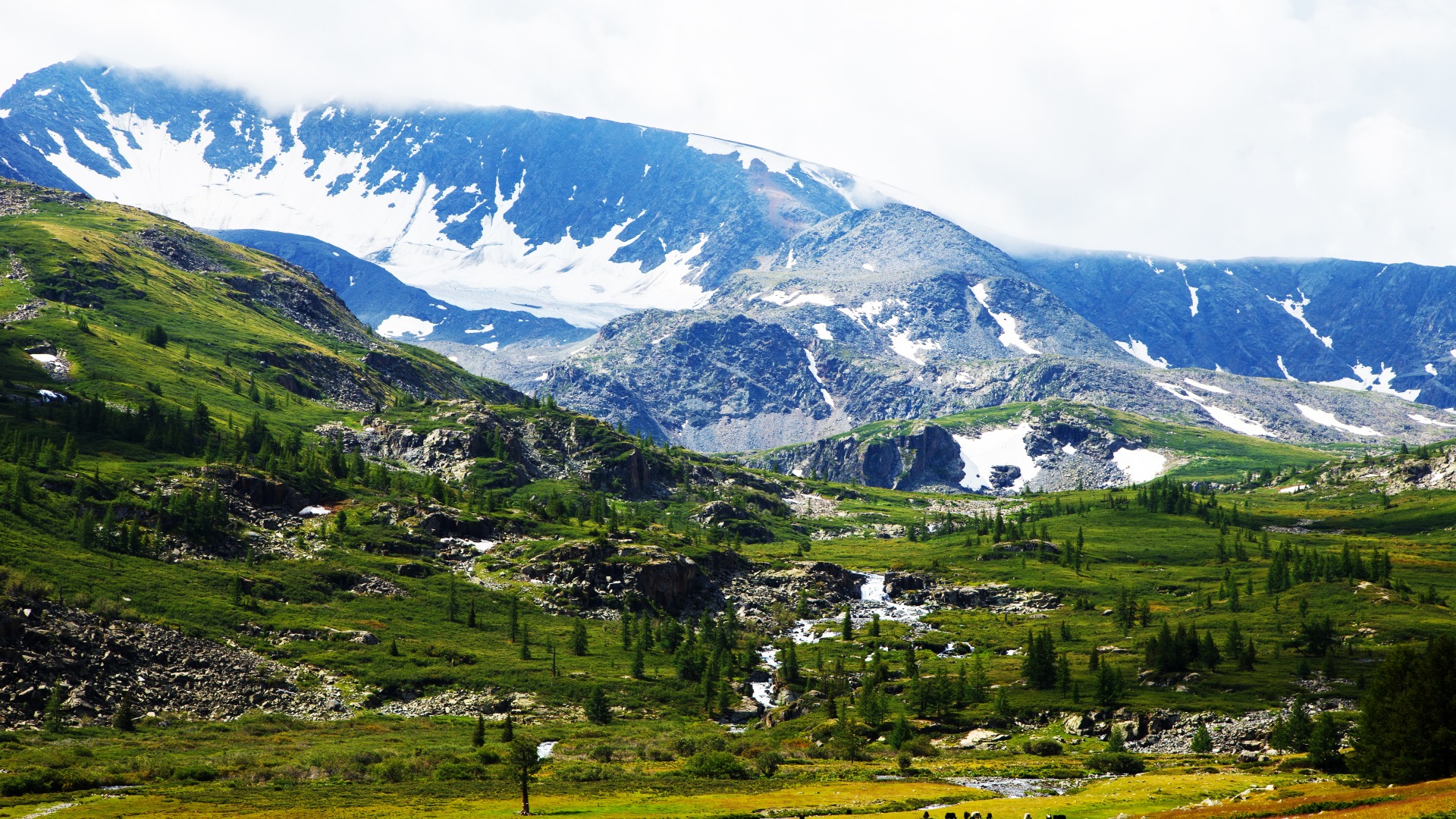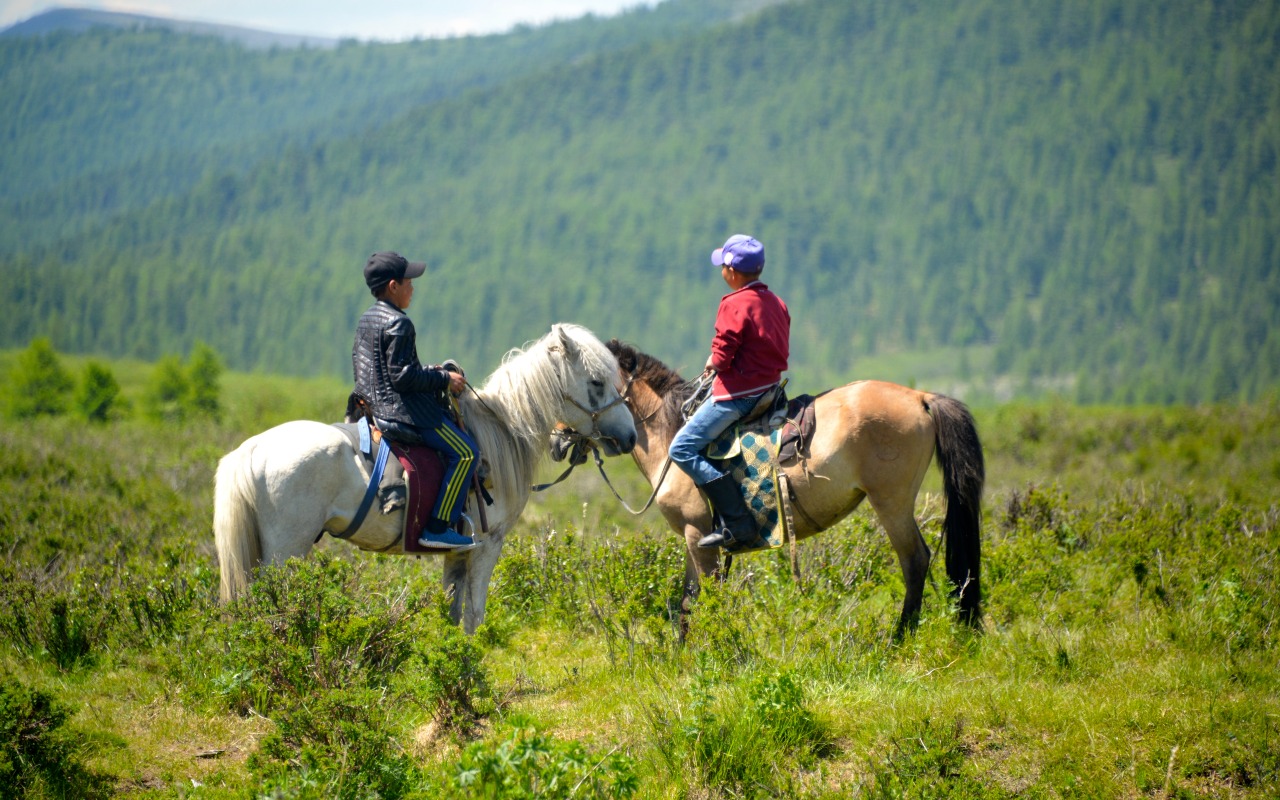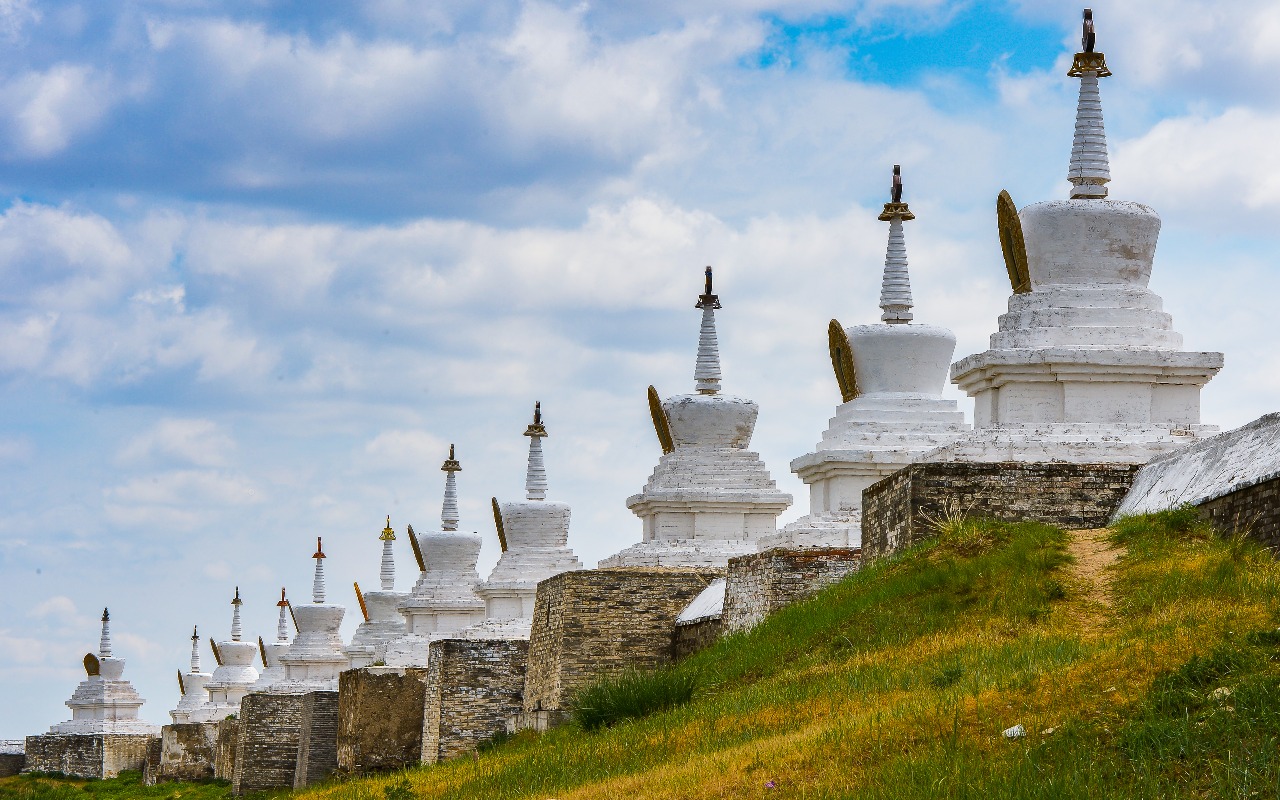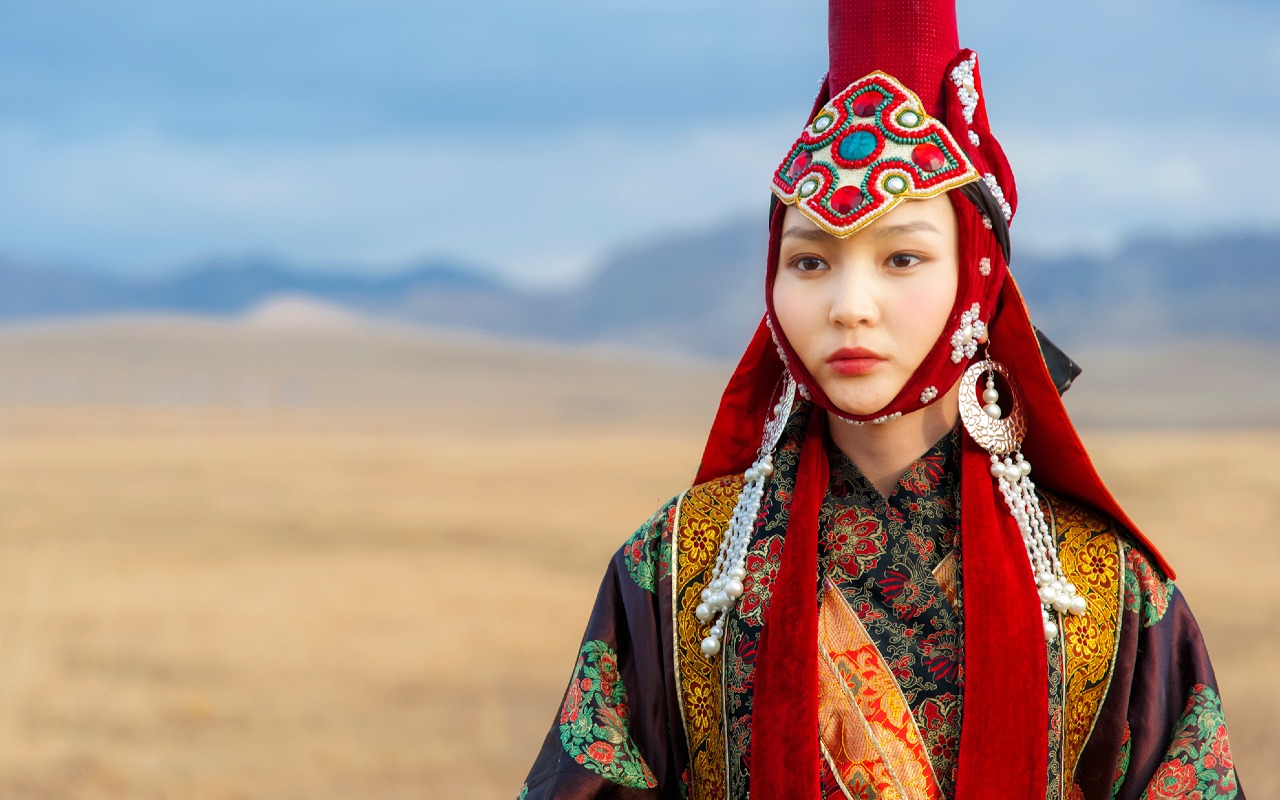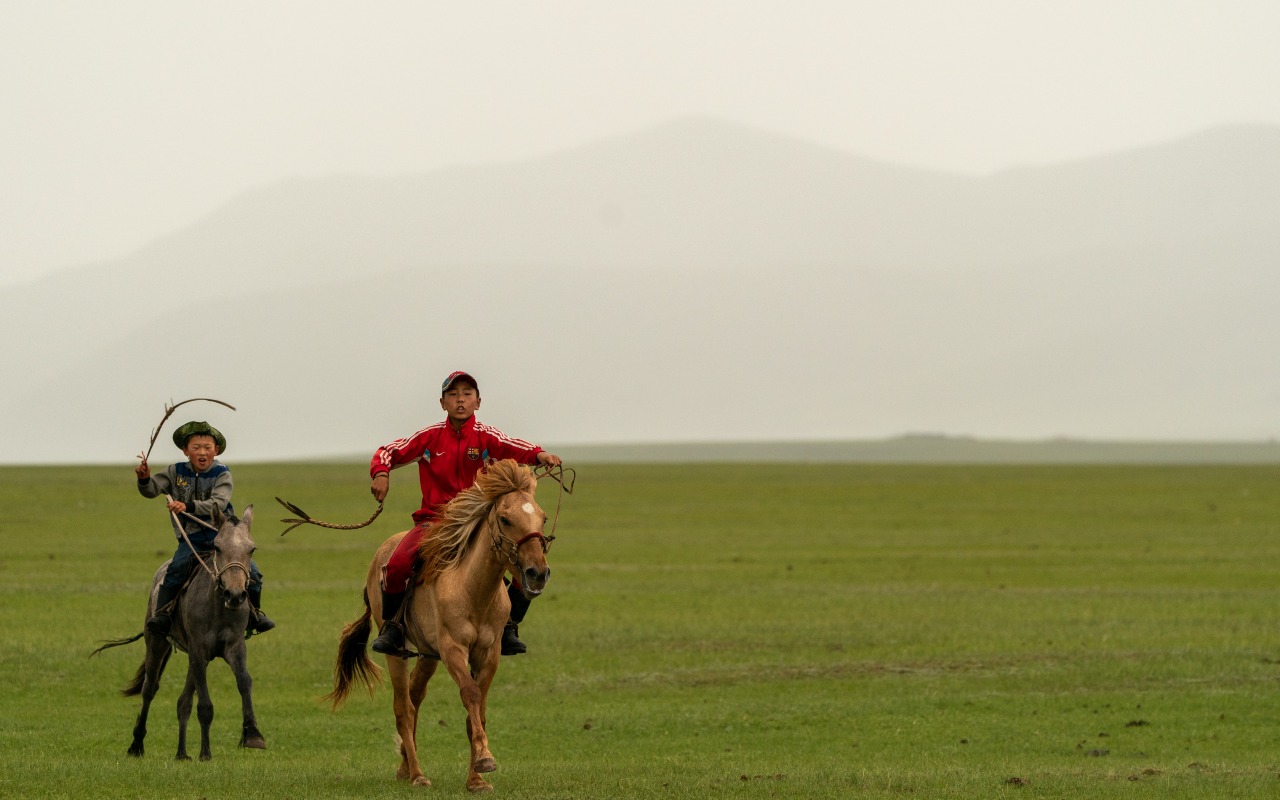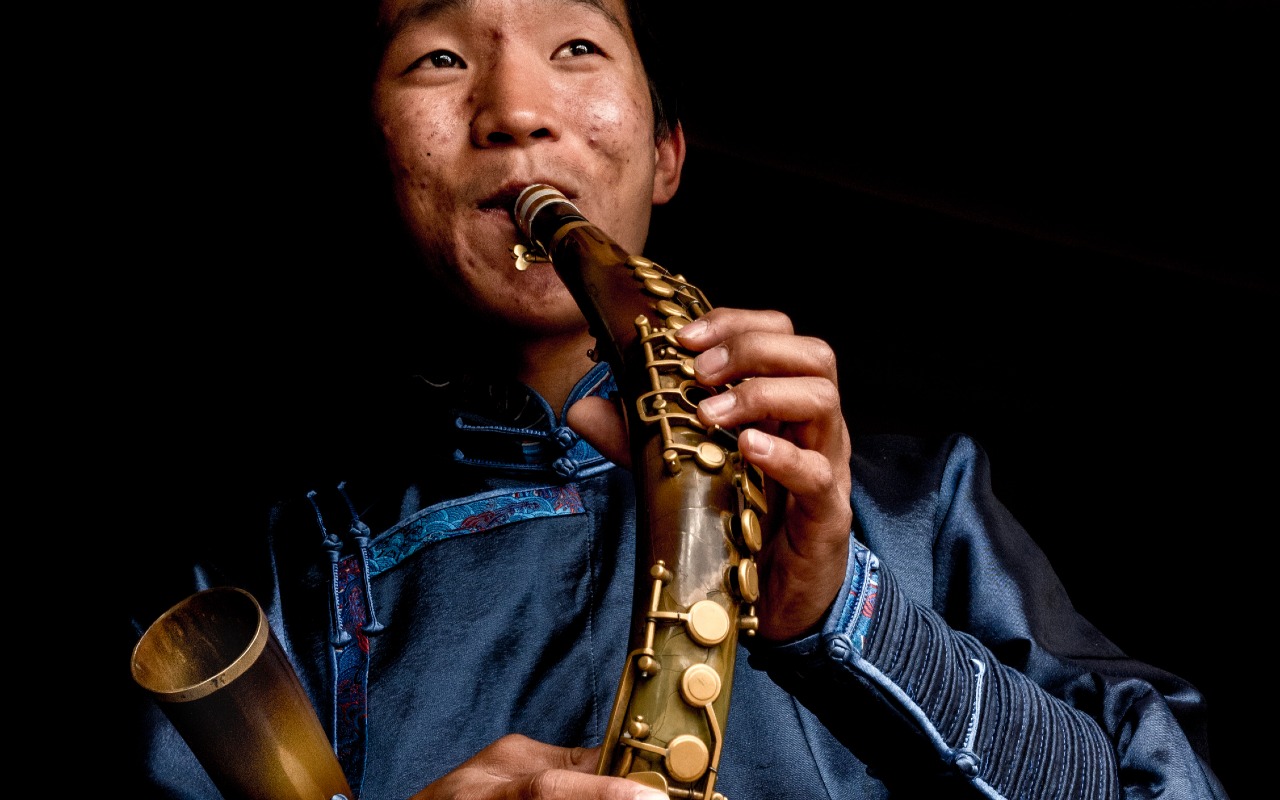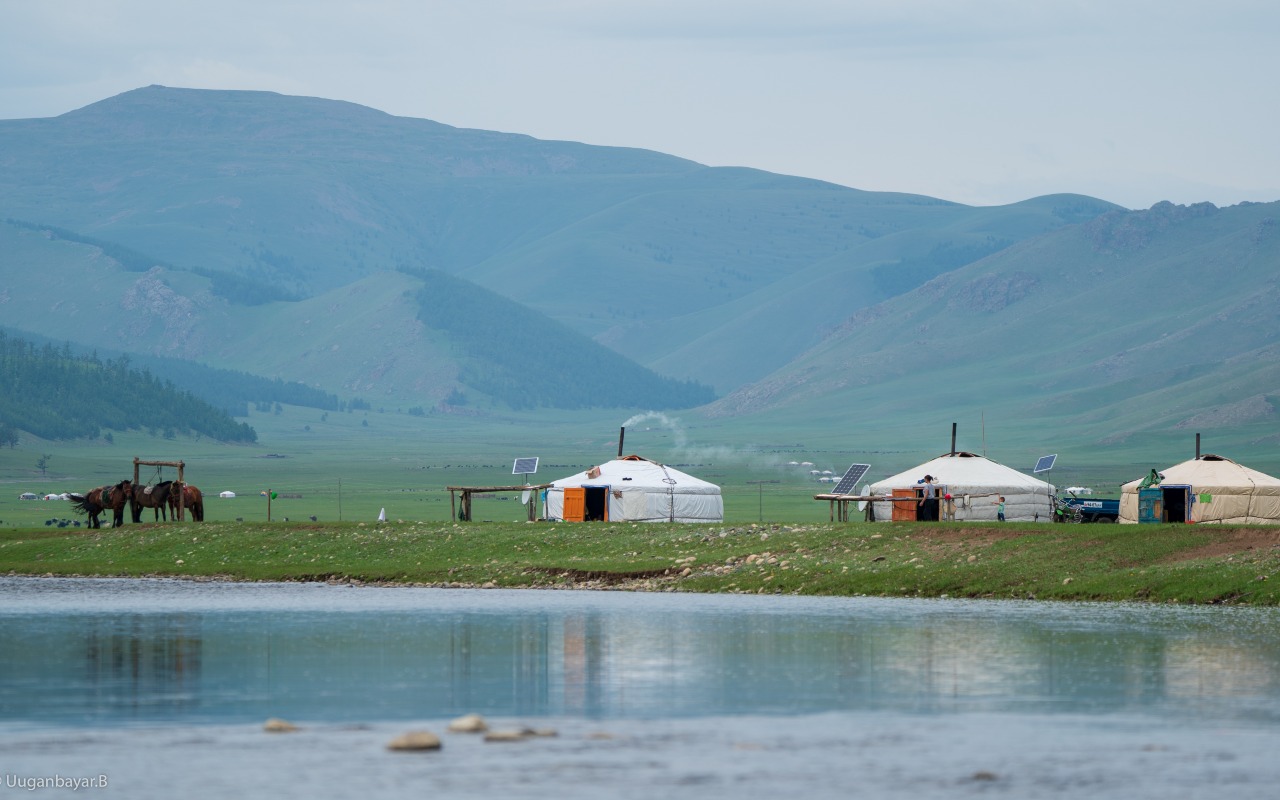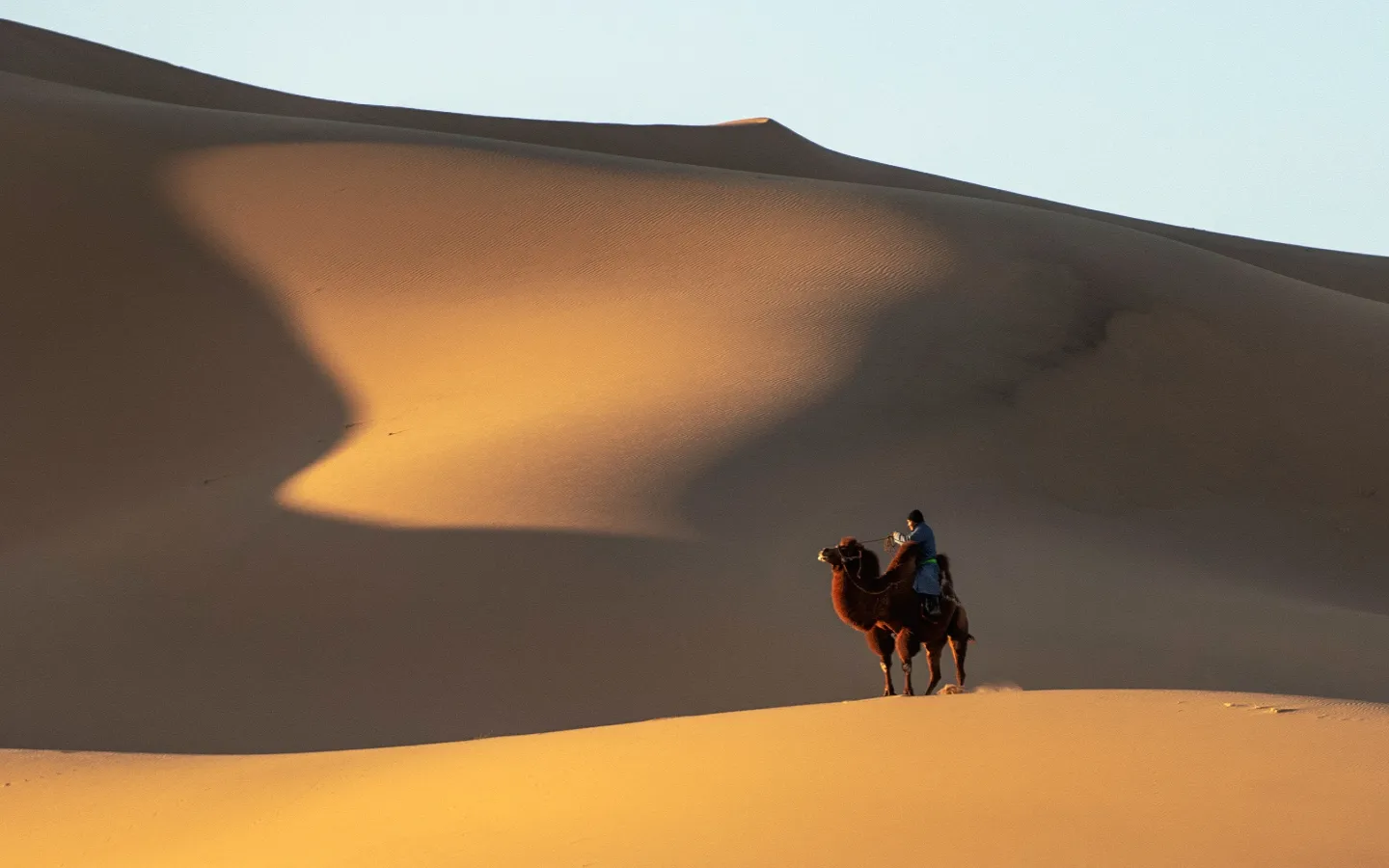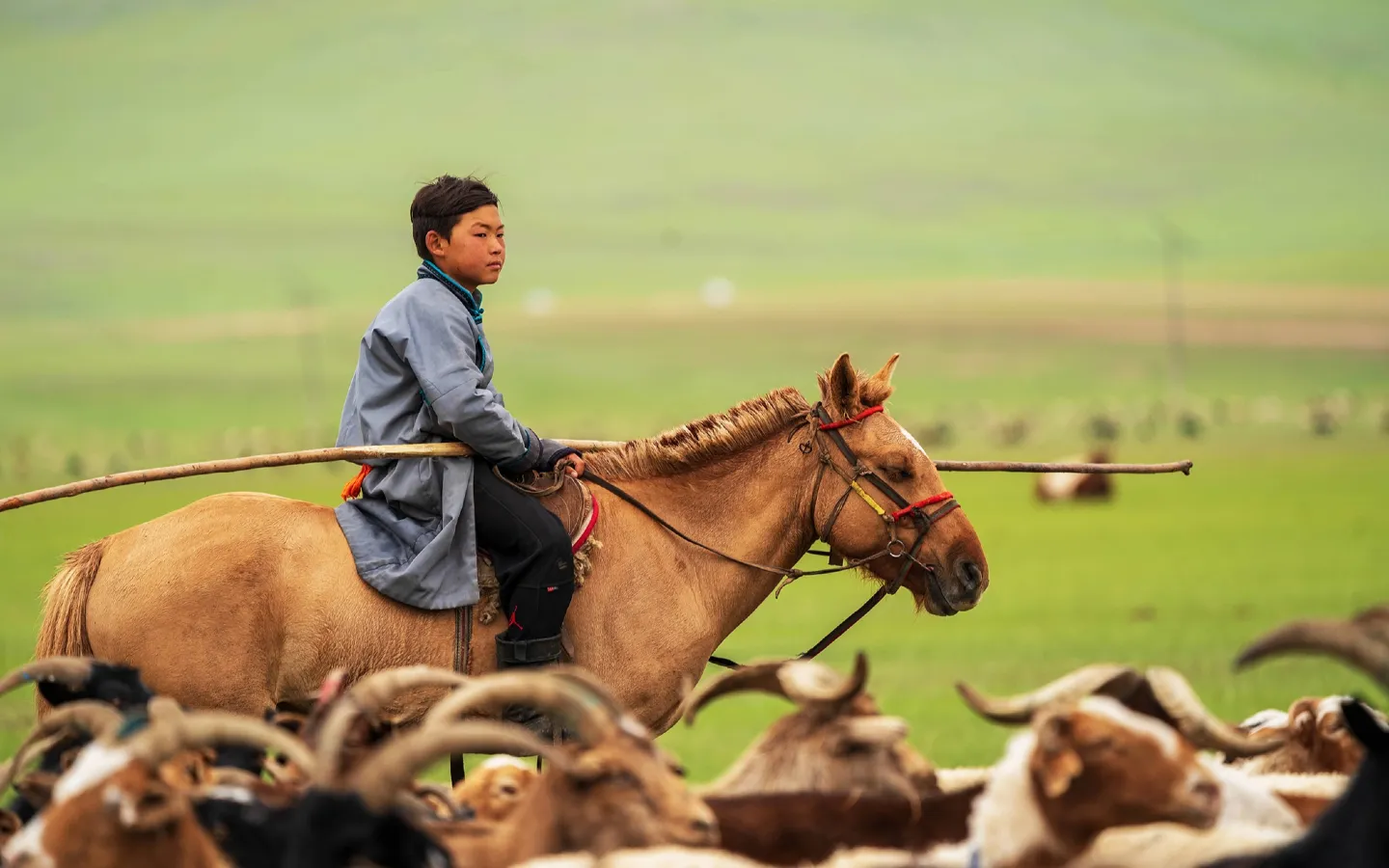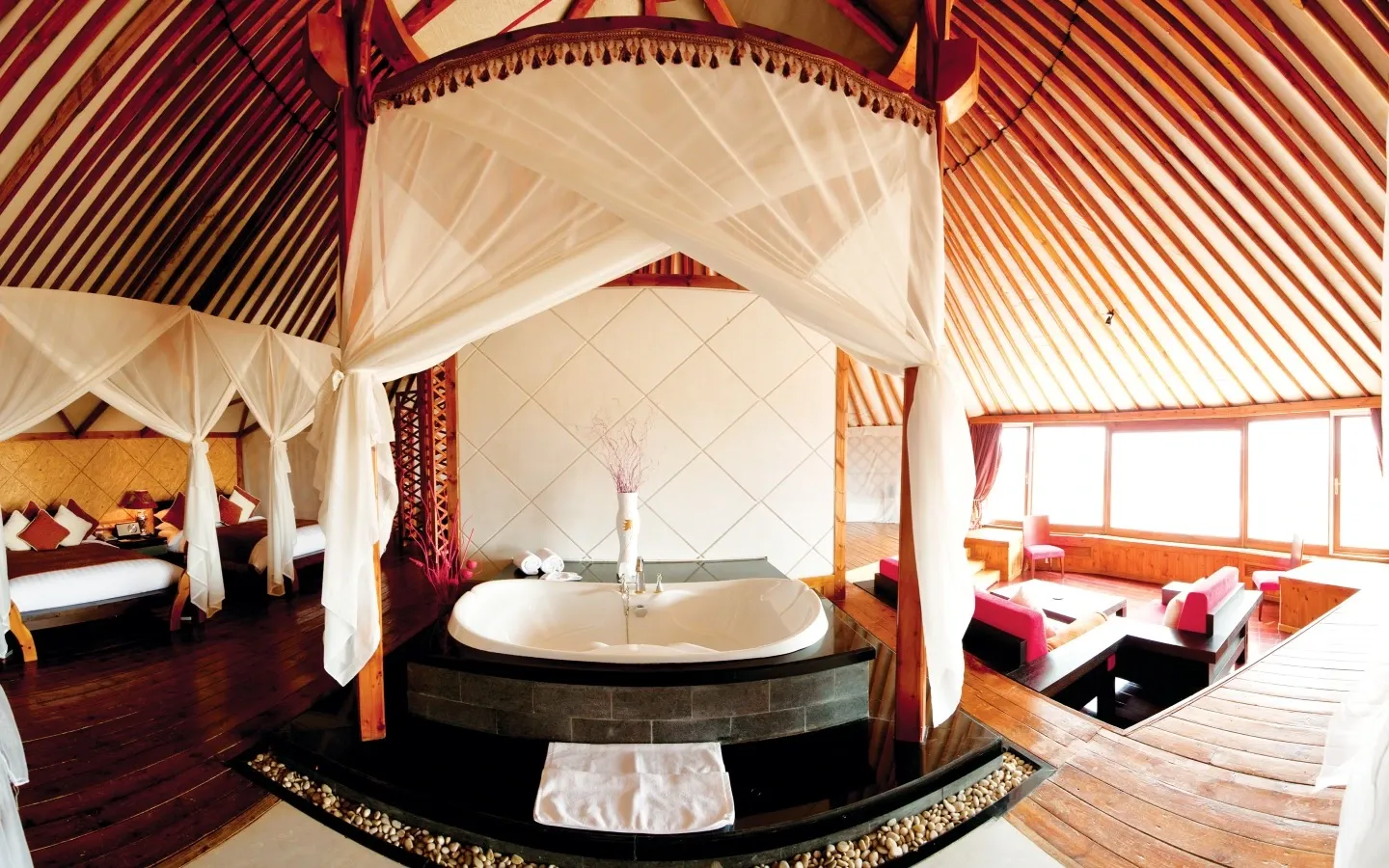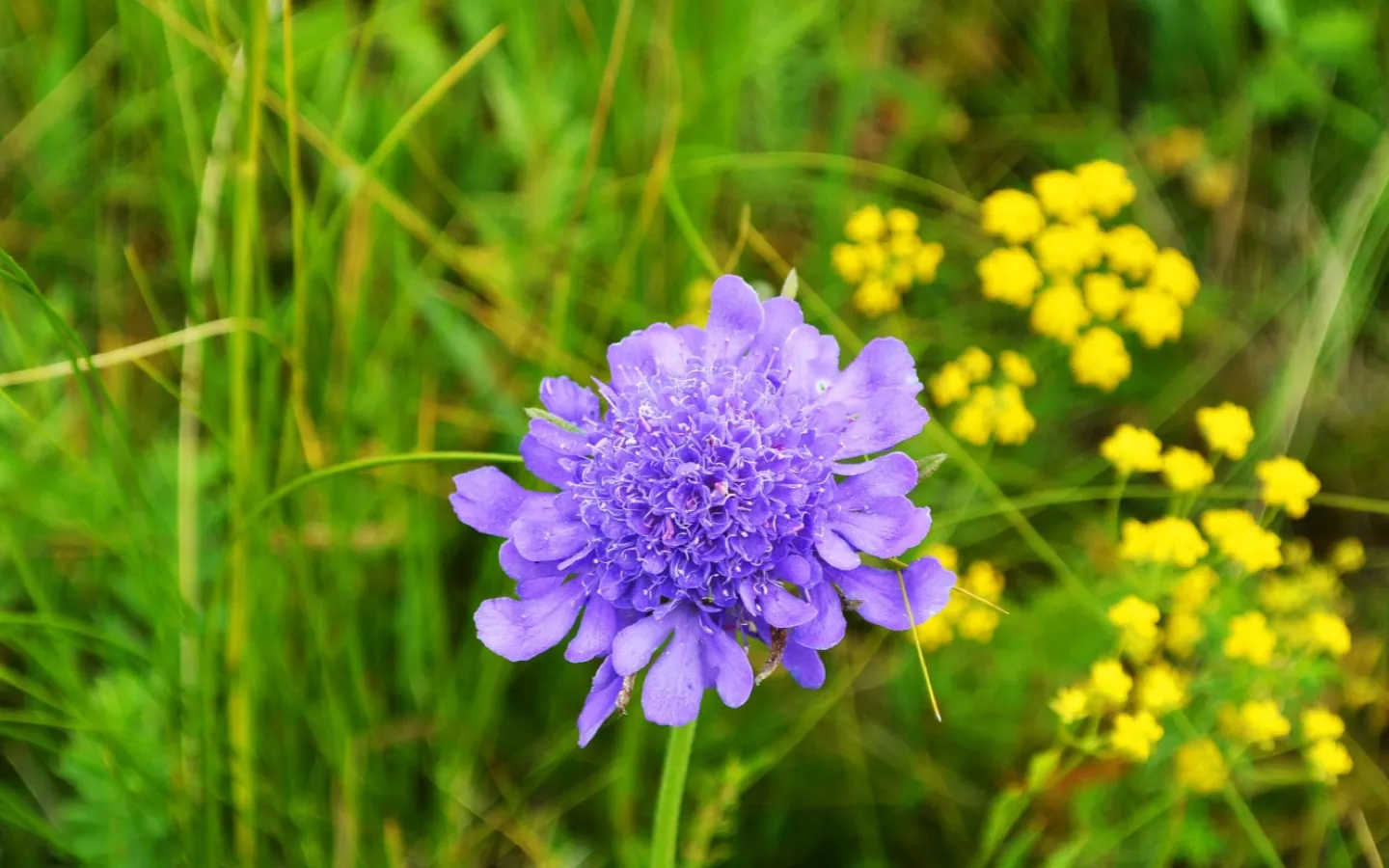Mongolia culture & history
Cradle of Great History
The history of the Mongol nomads started over 2000 years ago with the Hun – the first nomadic state in Central Asia. The world knows the Hun by Attila. From Hun (209 BC) till the 13th century, 8 nomadic states of both Mongol and Turkic origin inhabited current Mongolia’s territory. At the beginning of the 13th century, Temujin, prince of the Hamag Mongol tribe, founded Mongol Empire by uniting the 32 nomadic tribes and started to conquer the world. He was later named “Chinggis” or Genghis Khan. He and his successors founded mankind’s largest empire “Great Mongol” that reached from India to Russia and from Arabia to Korea.
Cradle of Great History
In the ancient capital of the Great Mongol Empire Karakorum, you will see many remains from the period. During the 16th century, Mongolia was converted to Buddhism, and the famous Erdene Zuu monastery was built. Erdene Zuu is still an active monastery with lamas chanting and domestic and international prayers visiting. The Mongols were invaded by the Manchu empire of Hannigan origin in the 18th century and got its independence back in 1921 led by the last king of Mongolia. His winter palace now shows his and the lives of the Mongolian aristocrats, religious authorities of the early 20th century. After 70 years of communist regime, Mongolia became a democratic country in 1990 and opened its door to the world.
Here's a brief overview
Ancient Origins: Mongolia's history dates back to the Paleolithic era, with early human settlements and evidence of hunting and gathering cultures. Nomadic Empires: In the 3rd century BC, the Xiongnu (Hun) Confederation formed the first recorded nomadic empire in Mongolia. Later, the Xianbei and Rouran Khaganates rose to power. The Great Mongol Empire: In the 13th century, Genghis Khan founded the Mongol Empire, one of the largest empires in history, which expanded across Asia, Europe, and the Middle East. The Yuan Dynasty: After Genghis Khan's death, his descendants established the Yuan Dynasty in China, ruling over both Mongolian and Chinese territories.
Here's a brief overview - 2
The Qing Dynasty: Mongolia became part of the Qing Dynasty in the 17th century, as the Manchu rulers of China extended their authority over the region. People's Revolution: In 1921, a revolution led by Mongolian communists ended the Bogd Khanate and established the Mongolian People's Republic. Democratic Transition: In the early 1990s, Mongolia underwent a peaceful democratic transition, embracing multi-party politics and market-oriented reforms. Modern Mongolia: Today, Mongolia is a parliamentary republic, with a thriving economy driven by mining, tourism, and agriculture. The country embraces its nomadic heritage while adapting to modern challenges and opportunities.
Wonderful People & Unique Culture
The Mongols are world widely known for their fantastic arts, the 2-string “Morin Khuur” – Horse Headed Fiddle, “Hoomii” – throat singing, “Contortionism” – Elastic girls, Long songs, Traditional dance, Mongol painting and so on. The Buddhist and Shamanist influences in Mongol art make it more wonderful.
Mongolia is one of the biggest religious centers in the world with a great many features of both Buddhism and ancient shamanism. Today Buddhism and shamanism exist together in Mongolia as the Mongols practice both of them. During the time of the Great Khans Tibetan Yellow Sect form of Buddhism gained influence in Mongolia. Genghis Khan, leader of the biggest empire ever was well-known for his religious tolerance, having Nestorian Christians, Moslems, Maniche and shamans within his realm.
Wonderful People & Unique Culture
The nomads could find the pastoral animal husbandry that perfectly suits Mongolian ever-changing 4 seasons and sharp continental climate. The Mongols live peacefully close to nature, conserving it, keeping their distinctive lifestyle and unique culture. Mongolian nomads with real smiles on their faces are the most hospitable people that one ever meets. Mongolia has a dozen ethnic groups and each has its own dialect, costumes, and traditions. The Kazakh people inhabiting the Altai mountains are the only Muslims in the country and they differ from the others by their culture, religion, language, renowned Hunter Eagles, and beautiful embroideries. Also, the Tsaatan people keep reindeer, live in huts in the taiga, are still practicing shamanism, and have a very unusual lifestyle.


